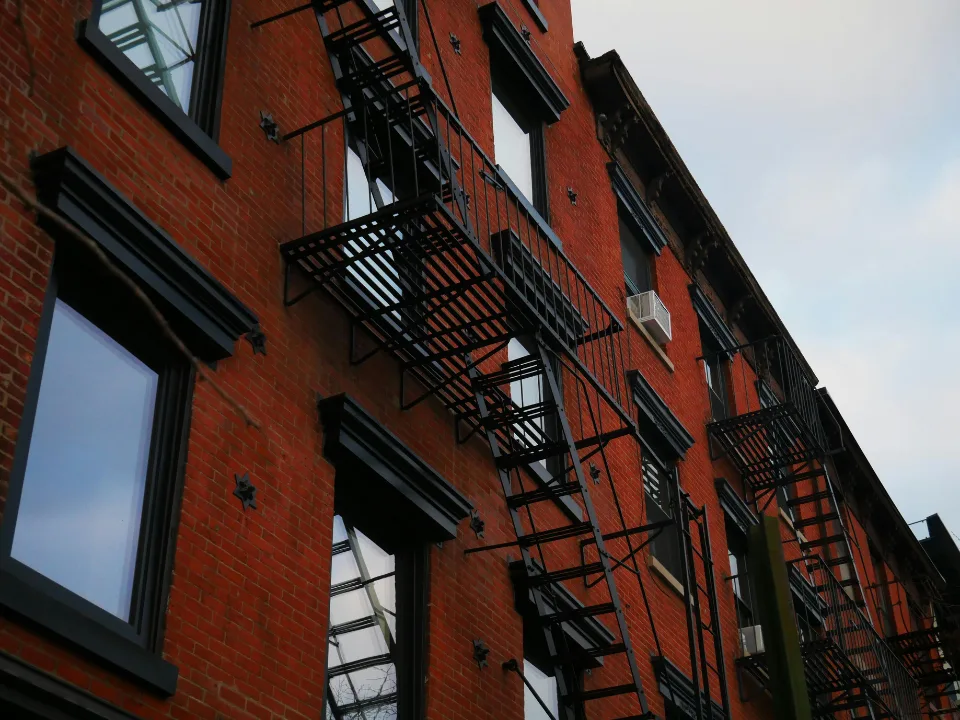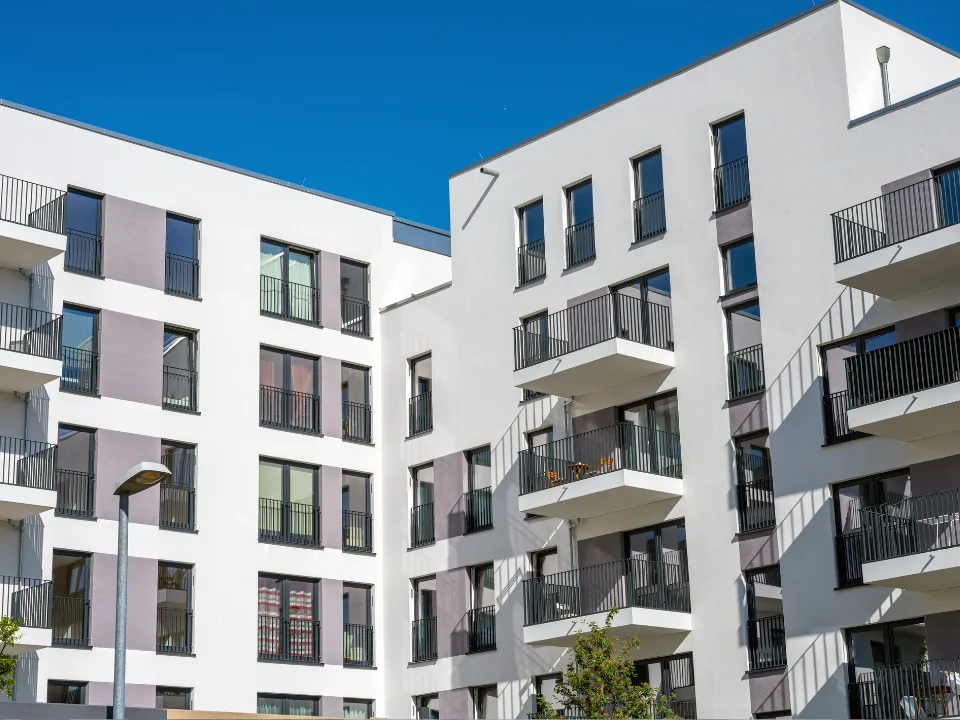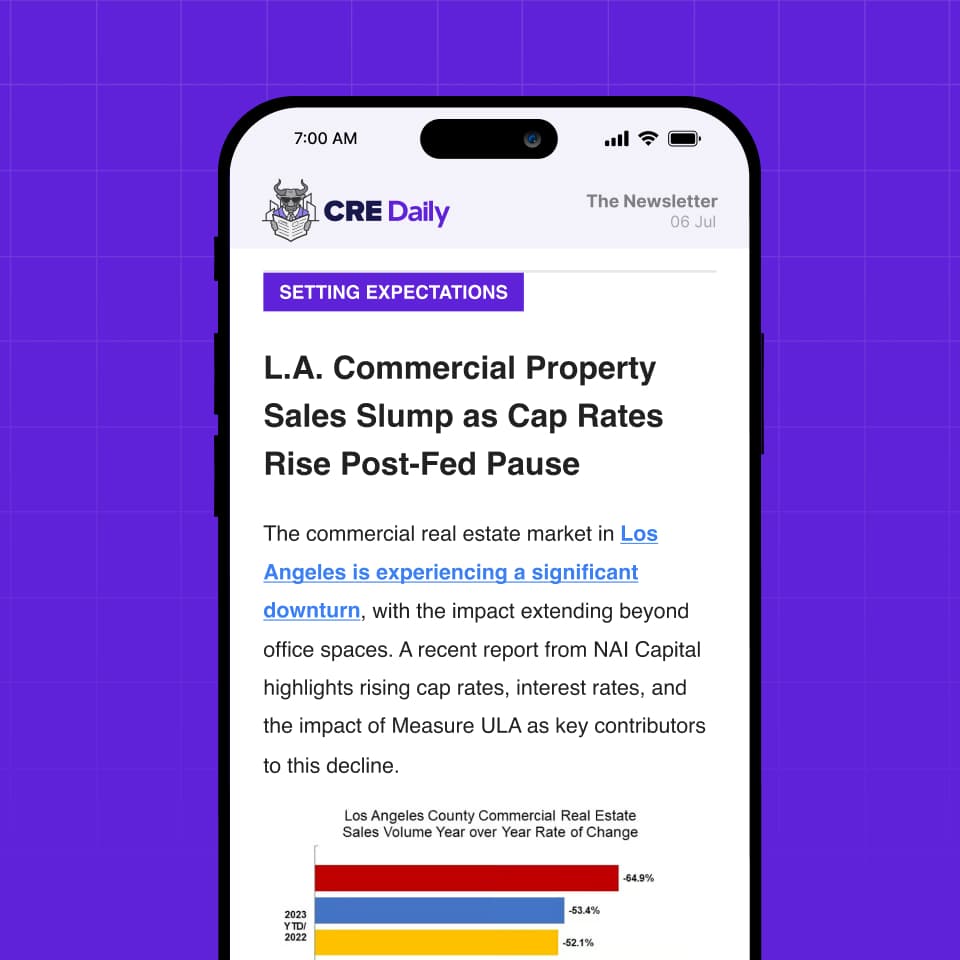- The US retail sector’s 4.8% availability rate offers a cushion against potential leasing slowdowns tied to tariff uncertainty.
- Apparel is the most exposed category, with about half of imports coming from China and Vietnam.
- Rising costs and supply chain disruptions could stall leasing activity and accelerate store closures.
- Malls face the greatest risk, while neighborhood and power centers are better positioned to withstand tariff impacts.
A Tight Market Offers Resilience
Despite rising concerns over the impact of US import tariffs, a new Globe St. report suggests the retail sector may be more insulated than expected.
With retail availability at just 4.8%, the sector may better withstand leasing delays amid rising costs and uncertainty.
Apparel Feels the Pressure First
Tariff hikes will likely hit apparel the hardest, as nearly all US inventory is imported—about half from China and Vietnam, according to the American Apparel & Footwear Association. Other categories with heavy exposure include electronics, auto parts, wine and spirits, and furniture—each critical to major retail tenants.
Get Smarter about what matters in CRE
Stay ahead of trends in commercial real estate with CRE Daily – the free newsletter delivering everything you need to start your day in just 5-minutes
Vulnerabilities by Retail Format
If costs stay high, retailers may halt expansions or close stores, impacting retail real estate. Malls and lifestyle centers, which typically house a high number of apparel tenants, are most vulnerable. Power and neighborhood centers with strong anchor tenants are better positioned to withstand retail market fluctuations.
Tariff Timeline and What’s Next
Although the US paused implementation of sweeping 10% tariffs on most countries for 90 days, duties remain on key imports. Goods from China, foreign-made vehicles, steel, and aluminum are still subject to 25% tariffs, maintaining pressure on sourcing and costs.
Bottom Line
Tariffs pose growing risks for retail operators and landlords, but historically low retail availability and the strength of resilient property types—like power and neighborhood centers—may help soften the blow.
As trade tensions continue to evolve, the next 90 days will be critical in determining whether the current pause holds or if broader tariff measures escalate further, putting added pressure on sourcing, pricing, and leasing decisions.















